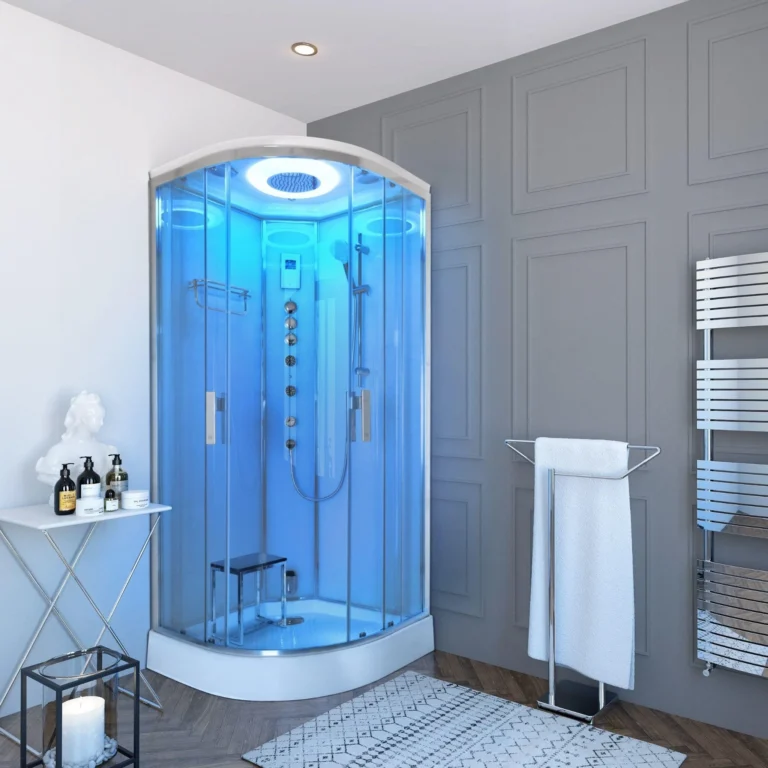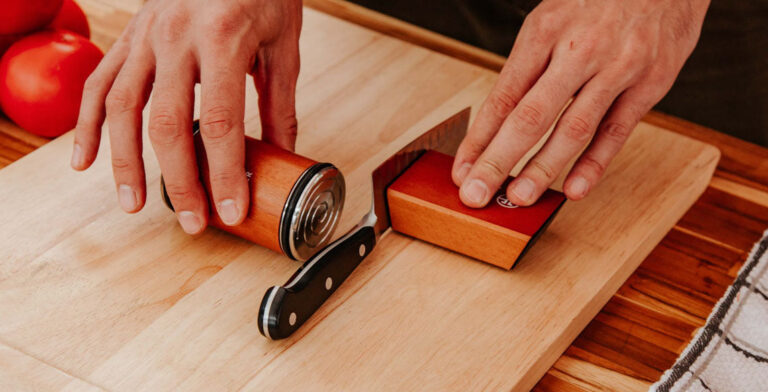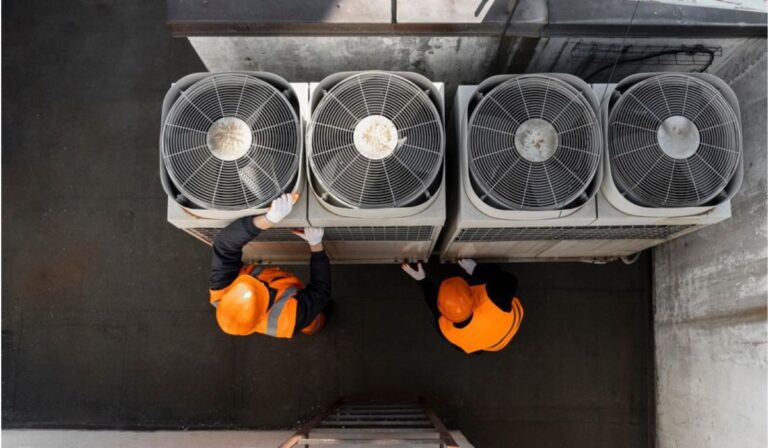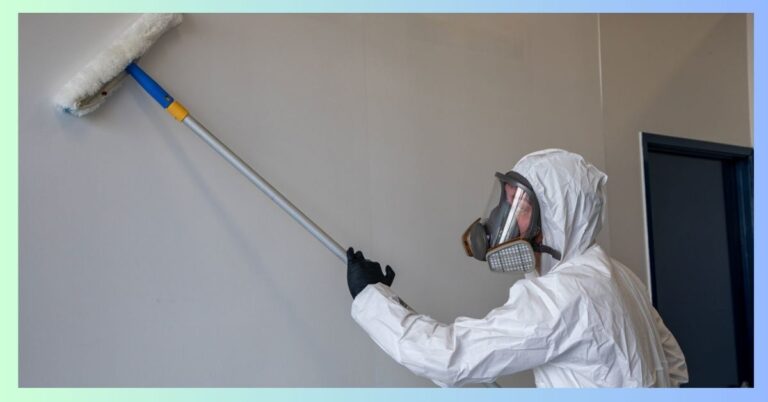Water Damage Restoration – Steps to Recovery and Prevention
Water damage from flooding or burst pipes is a stressful situation for homeowners. Water restoration experts are typically called to assess the damage, clean up materials, and help with insurance claims.
This process is time-sensitive because water damage can lead to more extensive problems if handled quickly. Here are the steps to water restoration:
Assess the Damage
The first step in water damage restoration is a detailed inspection by a certified professional. This is important because it provides the necessary details for creating a strategy for repair and a report for the homeowner and insurance provider.
The inspection includes examining the extent of the moisture and looking at the structure of the affected area. It also involves determining the type of water damage and what caused it. This is important because it allows the company to use appropriate cleaning, disinfecting, and deodorizing methods.
Once the inspection is complete, removing the water is next. This is done with large pumps and vacuums that can remove gallons of water in a short period. A thorough dry-out of the area follows this.
Remove the Water
When water damage has occurred in your home, it is important to act quickly. Standing water damages furnishings weakens building materials, and allows for the growth of mildew and mold, which can affect your health. In addition, the longer that water remains in your home, the more severe the damage can be.
A water restoration specialist like Pure Restore can use large pumps and vacuums to remove the water. They can also use dehumidifiers and commercial-grade fans to dry out the area. In some cases, drywall and carpeting may need to be removed to facilitate drying. Then, they can begin the cleaning, sanitizing, and deodorization process. Depending on the severity of the damage, this can take a few weeks. This is why finding a company that works 24/7 when disaster strikes is important.
Dry the Area
Once the power is turned off, use a mop or wet/dry vacuum to remove as much water as possible. It would help if you also opened doors and windows to allow air circulation and dry the area.
Large fans and dehumidifiers are often used to speed up the drying process. These devices are available to rent at many hardware stores.
Drying the affected areas as quickly as possible is important to minimize damage and reduce odor. Moisture is a breeding ground for bacteria, mildew, and mold.
It takes between two and a week to dry out affected areas completely. This depends on the amount of moisture, temperature, and humidity levels. Generally, the more humid the area, the longer it will take to dry. Our professional water restoration technicians will monitor temperature, humidity, and moisture levels until the areas meet the required drying standards.
Clean Up
Depending on the severity of your water damage, you may need to remove and replace items such as furniture, carpeting, wall linings, insulation, and appliances. If drywall or insulation has come into contact with flood waters or sewage, they cannot be disinfected and must be removed and replaced.
During this stage, professional inspectors determine the water contamination level, category, and wet porous material percentage to assess which materials can be restored versus those needing replacement. They will also inspect the structure of your home to check for foundation cracks and exterior damage.
During this phase, the water is removed using large pumps and vacuums. Fans are used to help air circulate and pull moisture out through evaporation. This is an important step because mold can grow as little as 24 hours after water exposure.
Deodorize
Water damage isn’t just an eyesore. It can also leave behind a musty odor that can be difficult to eliminate. This odor is caused by bacteria and mildew that grow in moist areas and release spores into the air.
These spores can then be inhaled by those in the home, which can cause health issues like allergies and respiratory problems. Drying the area as quickly as possible is the only way to prevent this.
Water restoration professionals know that a good job isn’t complete until moisture meters indicate everything is dry and there are no lingering odors. Using a deodorizer can help eliminate these odors and keep them from returning.







